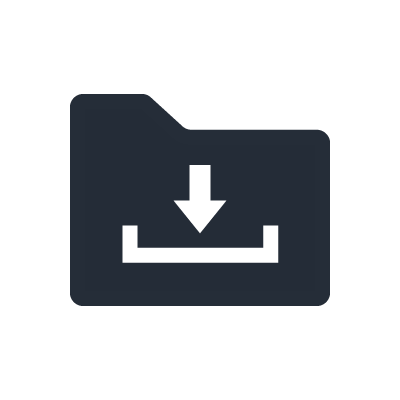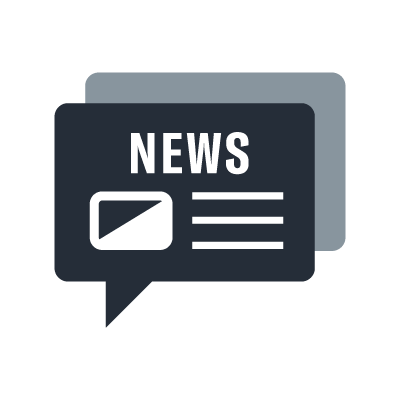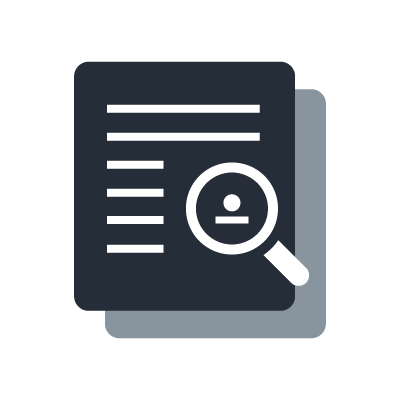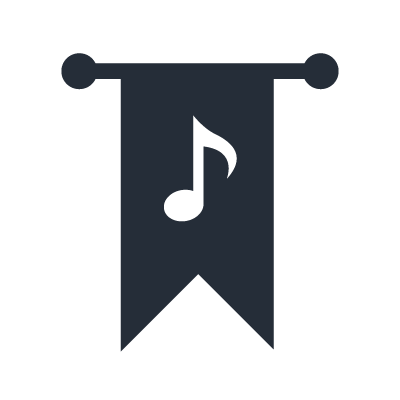DIGITAL AUDIO FREEDOM – WELCOME TO THE WORLD OF YGDAI (AND A HOMAGE TO ELECTONE)

In 1991, Yamaha launched its first mass produced eight-channel, fully digital mixing console with motorised faders, the DMP7D, which was preceded by the analogue i/o model DMP7. On the back of the DMP7D, a pair of XLR connectors were labelled ‘AES/EBU’ and a pair of RCA connectors were labelled ‘CD/DAT’. So far an excellent example of the perfect implementation of the available standard digital audio formats in the early 1990s.
However, the DMP7D also featured a few more sockets: two pairs of eight-pin, DIN style connectors labelled ‘Cascade’ and ‘Effect’, plus a 25-pin sub-D connector labelled ‘Digital In’. It’s not clear form the labelling, but these connectors represented Yamaha’s ‘Y2’ proprietary digital audio format The eight-pin DIN variety offered a two-channel connection, the 25-pin subD an eight-channel connection.
Back then there were basically three companies in the global pro audio industry big enough to pitch their own digital audio format: Sony (offering SDIF), Mitsubishi (ProDigi) and Yamaha (Y2). Sony and Mitsubishi clearly created their standards to go with their multitrack tape recorders. However Yamaha was another story, because there were no Yamaha multitrack recorders. Instead, the existence of Yamaha’s Y2 format was because of its Electone home organ and synthesiser divisions.
In the late 80s, Yamaha had already started to apply wavetable and PCM synthesis in organs and, with the launch of the GS1 and later the DX7, also FM synthesis - all digital sound generation methods. As soon as the digital instruments became more complex, they included multiple digital sound generation circuits and Yamaha stumbled on the challenge of mixing the digital outputs of multiple circuits together. To make this happen, an internal DSP platform was engineered for mixing and a serial audio protocol was engineered to go with it, connecting all sources to the mixing DSP. The protocol was named ‘MEL’.
At first it was only used internally but, with the launch of the DMP7, the MEL format was re-labelled as the Y2 format, used to connect digital professional audio components such as the DMP7D to a series of Y2 based AD and DA convertors, and format convertors such as the FMC1 and FMC2 to convert Y2 to and from AES/EBU.
The next Yamaha digital mixer was the 16-channel DMC1000, which offered not only multitrack Y2, but also AES/EBU, SDIF (Sony) and ProDigi (Mitsubishi) as a standard. This filled the rear panel completely with subD connectors, causing the machine to be huge and heavy.
In the late 90s, two other digital audio formats came to life - again originating from multitrack recorder manufacturers: Tascam (TDIF) and Alesis (ADAT). This triggered Yamaha’s digital mixer engineers to change the beat and design a general method of digital i/o interfacing to apply on Yamaha devices, with interface cards to convert to- and from the ever-changing digital audio formats on the market. The first version was launched with the 02R digital mixing console, with the card format called ‘Yamaha General Digital Audio Interface’, or ‘YGDAI’ for short. It was an instant success and helped to make the 02R become the best selling digital mixing console in the world.
At the turn of the century, starting with the launch of the 02R’s successors, the PM1D and the DM2000, a smaller form-factor was introduced, appropriately nicknamed ‘Mini-YGDAI’. This form factor is still applied in all Yamaha mixing-consoles, including the new RIVAGE PM10. We probably all know the format by the abbreviation ‘MY’ card, with many other audio formats joining the family; cards are available for ADAT, TDIF, AES/EBU, MADI, SDI, Cobranet, Ethersound, Dante, Optocore, RockNet, AVB and more. As the world has now switched to Dante audio networking on a massive scale, we launched the RSio64-D frame that can support up to four MY cards to connect to 64 channels in a Dante network.
The funny thing is that the rear side of all MY cards still uses an updated version of the Y2 Yamaha format. So, although nobody realises it, you could say that ‘Yamaha’ is by far the world’s most used digital audio format and will be for many years to come. Tracing back all the way to the Electone organ designers in the 1970s, we owe them a big thank you!






